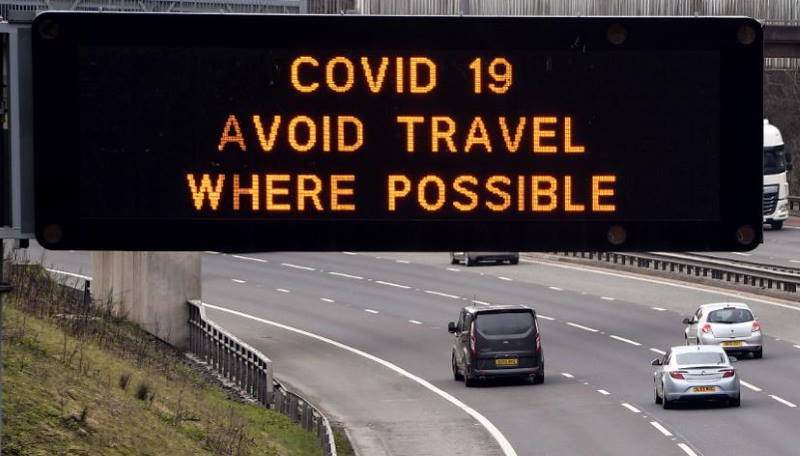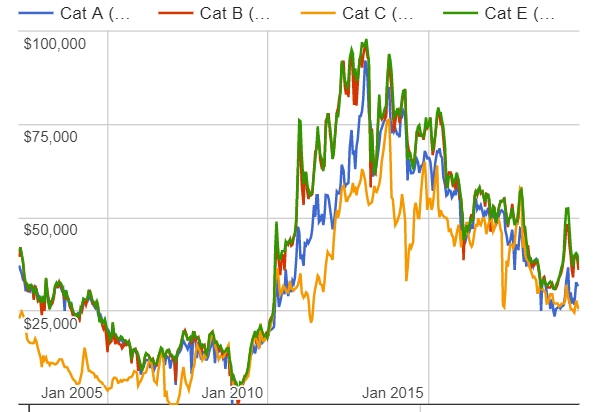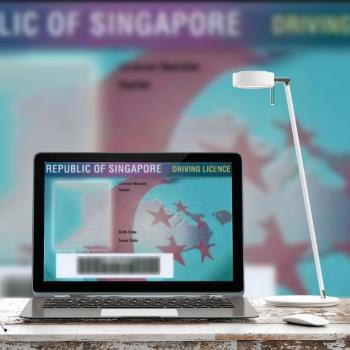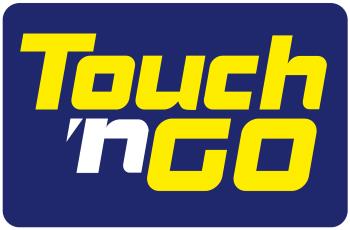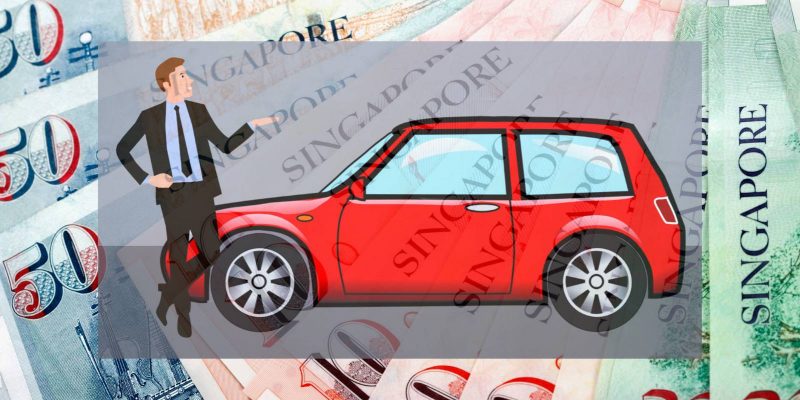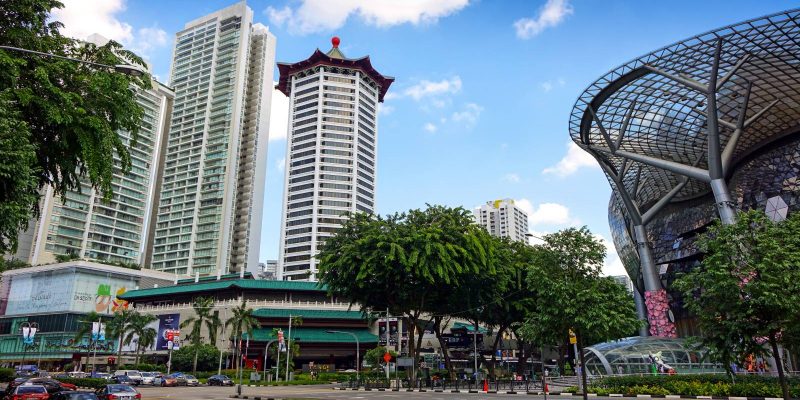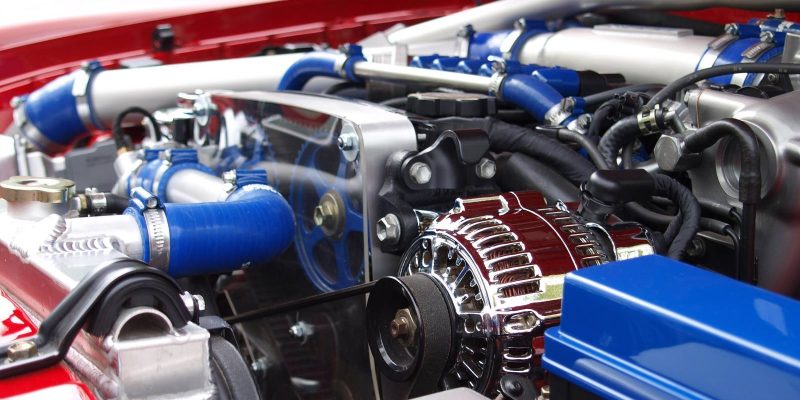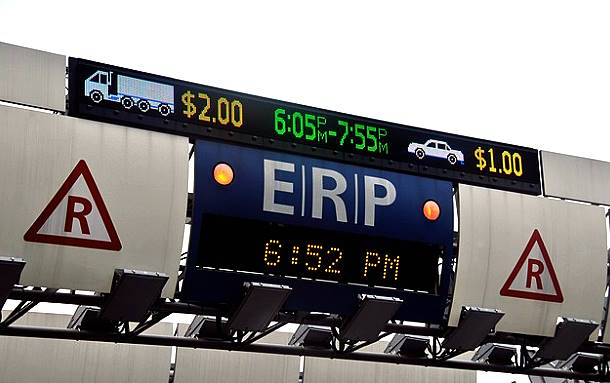
Singapore is renowned for its innovative and efficient transportation system, and electronic road pricing (ERP) is one of the key components that make it work.
ERP is a system that charges drivers for using congested roads during peak hours, with the aim of reducing traffic congestion and improving overall road efficiency.
As a driver in Singapore, understanding the ERP system is integral to navigating the city's roadways effectively, avoiding fines, and saving time.
This driving in Singapore guide aims to provide a concise guide to the top 6 facts you need to know about electronic road pricing in Singapore. We will explore the role of ERP, how it works, and the various ways you can pay for it. Additionally, we will discuss frequently asked questions about the system, such as the fines for non-compliance.
1. ERP is an electronic toll system, not a tax.
Electronic Road Pricing (ERP) is a sophisticated electronic toll system introduced in Singapore in 1998 with the aim of reducing road congestion during peak hours. This system does not replace the traditional road tax, but instead charges road users a fee (currently from $0.5 to $6.0 per gantry) based on the electronic gantries they drive through and the time of day. So, the ERP system is designed to encourage drivers to avoid congested areas during peak hours, thus reducing traffic and improving travel times for arterial roads and expressways.
The ERP charges are automatically deducted from an in-vehicle unit (IU) that is installed in the vehicle, making it a seamless process for road users. ERP charges are reviewed and adjusted periodically based on the traffic conditions around individual gantries.
ERP has been successful in managing the traffic flow in the city-state and has since been expanded to cover more arterial roads and expressways, making it part … Read the rest

